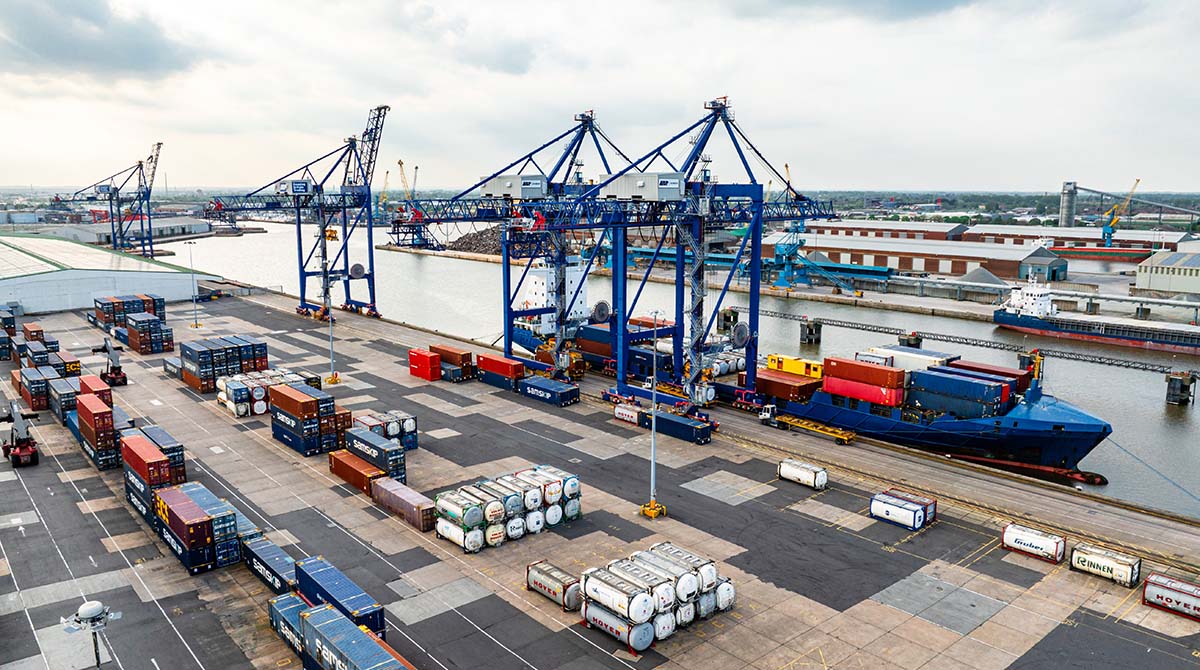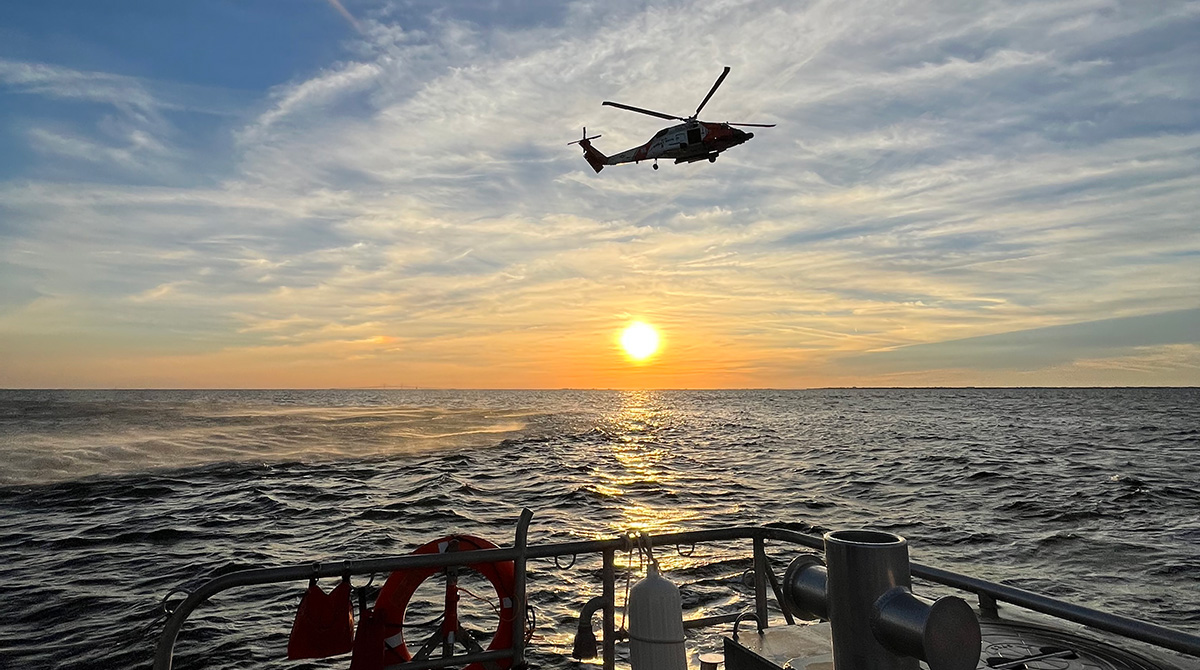The UK Emission Trading Scheme (UK ETS) is a cap-and-trade system covering greenhouse gas emissions in the UK, which replaced the European Union Emissions Trading System (EU ETS). The UK ETS imposes a steadily declining cap on emissions and requires operators to hold allowances for their CO₂ emissions.

From 1 July 2026, the UK ETS will expand to cover shipping on qualifying domestic routes. Shipowners trading between UK ports must monitor, report and surrender allowances for their vessel emissions. The most important aspects of the UK ETS are set out as follows:
- The UK ETS will apply to seagoing vessels of 5.000 gross tonnage (GT).
- All emissions for voyages involving any UK port are included, as well as fuel used while at anchor, moored or when in port.
- Any qualifying ship ≥5,000 GT on a UK-to-UK voyage must account for 100% of its CO₂, CH₄ (Methane) and N₂O (Nitrous oxide) emissions, including while at berth. A Monitoring Plan will need to set out how these gases will be accounted for, whether by direct measurement or recognized emission factors.
- Under the UK ETS, the party liable for compliance is the vessel’s Registered Owner. In practice, a ship’s International Safety Management (ISM) can formally assume the UK ETS duties by written agreement. Otherwise, the shipowner remains the “maritime operator” for emissions compliance. The responsible entity must also be registered in the UK ETS Registry well in advance of the first compliance year. This registration process can take several weeks—particularly for non-UK-based companies—and will be essential to enable allowance surrender.
- All compliance obligations take effect on 1 July 2026. Shipowners must have approved Emissions Monitoring Plans and data collection ready for this shortened first year from mid-2026 onward. Allowance surrender for emissions from 1 July–31 December 2026 follows the usual UK ETS deadlines.
- Under UK ETS exceptions are provided for state-run, non-commercial vessels (military, coastguard, customs/police, search-and-rescue, medical/emergency, government research or lighthouse service ships) are exempt.
- UK Allowances (UKAs) are traded on a separate market from EU Allowances (EUAs), and prices may differ significantly.
We recommend our Members who operate vessels to the UK to take the following actions:
- Designate and register the entity responsible for compliance in the UK ETS Registry;
- Review charterparty terms to address UK ETS cost allocation;
- Engage early with accredited verifiers for emissions verification;
- Plan operations carefully, considering port calls and time at berth, since all in-port emissions count;
- Align monitoring and reporting with existing EU ETS processes where possible to reduce administrative burden.
It is also important to note that some vessels may fall under both the UK ETS and the EU ETS, for example when trading between an EU port and a UK port. In such cases, operators will need to comply with both schemes, though aligned monitoring methods can reduce duplication. Reporting timelines, registry systems and allowance markets remain separate.
NNPC will closely follow developments and share further updates. For questions or inquiries on the UK ETS, our Members are invited to contact our Claims team via claims@nnpc-marine.com.



